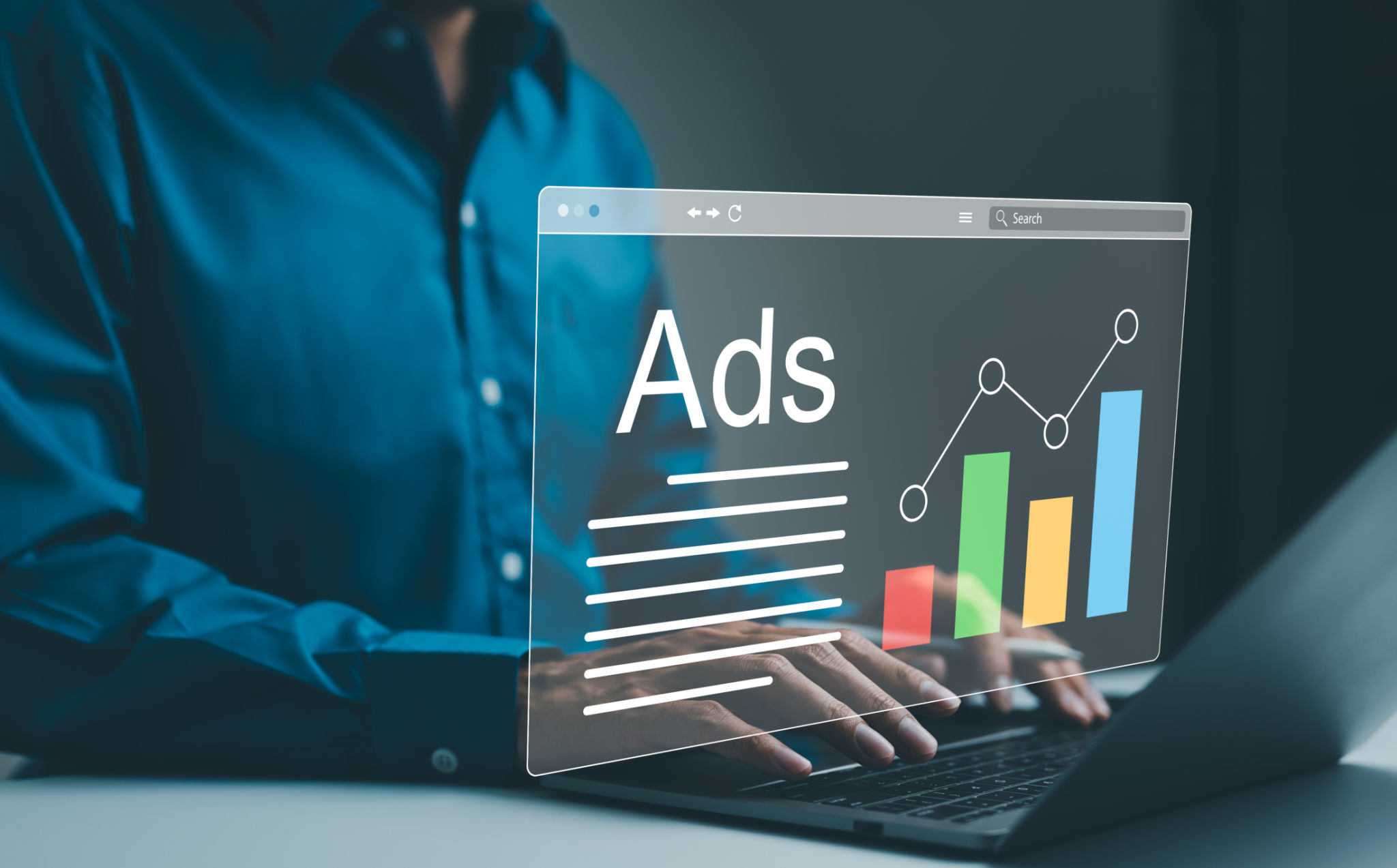Budget-Friendly Online Ads: Tips for Small Businesses
Understanding the Basics of Online Advertising
Online advertising has become an essential tool for small businesses looking to increase visibility and reach their target audience effectively. With a plethora of platforms available, starting with online ads might seem overwhelming. However, understanding the basics can help you make informed choices that suit your budget.
Online ads work by targeting specific demographics or interests, delivering your message to those most likely to be interested in your products or services. This targeted approach not only saves money but also increases the likelihood of conversions. It's important to choose platforms that align with your business goals.

Choosing the Right Platforms
For small businesses, selecting the right platform is crucial. Popular options include Google Ads and social media channels like Facebook, Instagram, and LinkedIn. Each platform has its strengths, depending on the audience you aim to reach.
Google Ads offers a vast reach and is particularly effective for businesses looking to capture users actively searching for specific products or services. On the other hand, social media platforms allow for more creative ad formats and can be great for brand awareness and engagement.
Evaluating Platform Costs
Before committing to a platform, evaluate the cost structure. For instance, Google Ads operates on a pay-per-click (PPC) model, which means you only pay when someone clicks on your ad. Social media platforms often use a cost-per-thousand-impressions (CPM) model, which can be more economical if your goal is visibility.

Crafting Compelling Ad Content
Once you've selected your platforms, focus on crafting compelling ad content. Your ads should be clear, concise, and directly address the needs of your audience. Use strong calls-to-action (CTAs) to encourage users to take the next step, whether it's visiting your website or making a purchase.
High-quality visuals can significantly enhance your ads' appeal. Invest time in creating eye-catching graphics or videos that resonate with your target audience. Remember, first impressions count, so make sure your ads are visually appealing and professionally crafted.
Testing and Optimization
Budget-friendly online advertising doesn't end with launching your ads. Regularly testing and optimizing your campaigns is vital to ensure you're getting the best return on investment (ROI). Use A/B testing to experiment with different ad copies, images, and CTAs to determine what works best.

Monitoring and Analyzing Performance
Monitoring the performance of your online ads is crucial in understanding their effectiveness. Most platforms offer detailed analytics that can help you track metrics like click-through rates (CTR), conversion rates, and overall engagement.
By analyzing this data, you can make informed decisions about where to allocate your budget. Focus on channels and strategies that yield the highest returns, and don't hesitate to adjust underperforming campaigns.
Maximizing Your Ad Spend
Finally, maximize your ad spend by setting clear goals and sticking to them. Define what success looks like for your business—whether it's increased sales, more website traffic, or enhanced brand awareness—and allocate your budget accordingly.
Consider leveraging tools like Google Analytics or Facebook Insights to gain deeper insights into your audience's behavior and preferences. This information can guide future advertising efforts, helping you achieve better results without overspending.
By following these tips and continually refining your strategy, small businesses can effectively harness the power of budget-friendly online ads to grow their brand and reach new customers.
